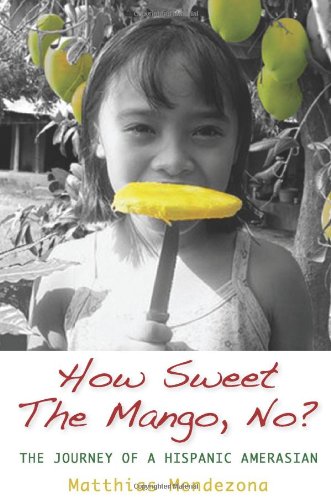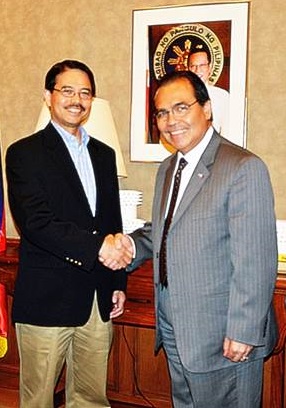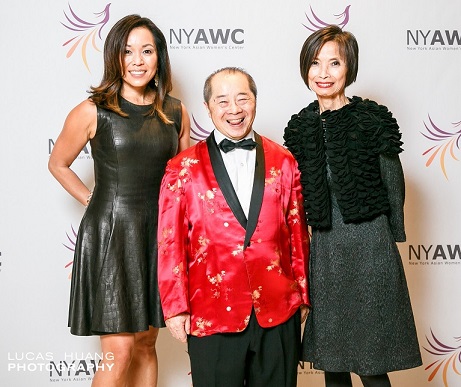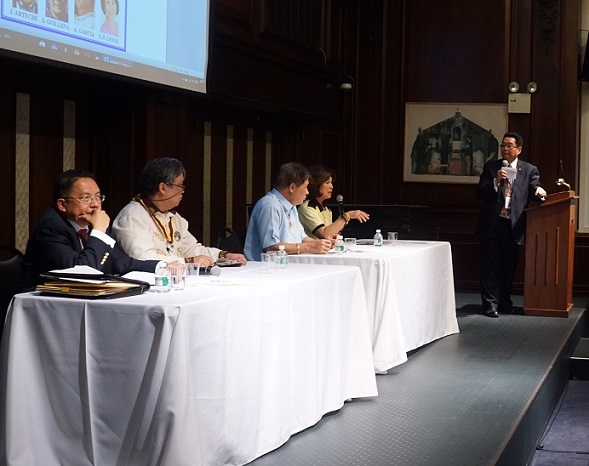Brew the barako before reading ‘The Revolution According to Raymundo Mata’
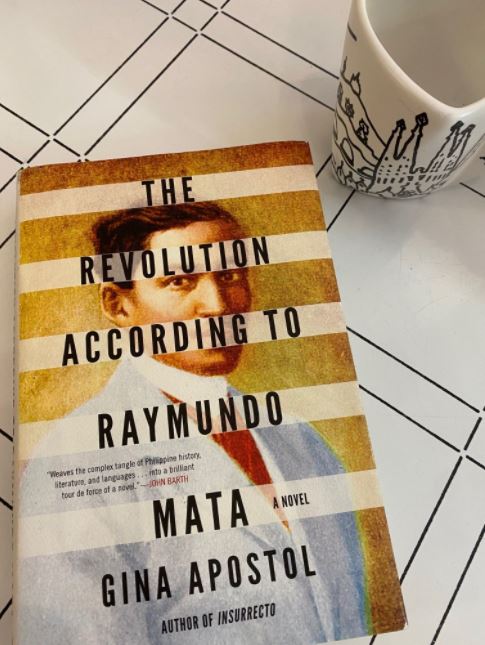
By Tricia J. Capistrano
Brew the Barako. Cue up Google Translate and the Wikipedia entry on Philippine history. Soho Press in New York recently released the U.S. version of The Revolution According to Raymundo Mata by Gina Apostol and like her previously U.S. released work, Insurrecto, the Raymundo Mata book is not bedside reading. Rapt attention is key.
Raymundo Mata is a real person
This incident is the only thing known about Raymundo Mata: In June of 1896, Mata traveled by steamship with Dr. Pio Valenzuela, the fiscal of the Katipunan to see Dr. Jose Rizal. The trip was used as a ruse for Dr. Valenzuela to convince the ophthalmologist and author of the incendiary novel Noli Me Tangere to join the revolutionary movement against Spain.
Apostol’s novel is a translation of Raymundo Mata’s (fictional) journal—Filipinos did not yet read and write in English then—from his high school years leading up to the time he met with Dr. Jose Rizal. In the novel, you will also meet a young Emilio Aguinaldo and read about Apolinario Mabini’s literary take on El Filibusterismo.
Mind the footnotes
Although the novel is in English, it is replete with footnotes which contain words in Spanish, Tagalog, and Waray.
I recommend that you read Mata’s journal entries and then the footnotes before you turn to the next page. Salamat sa Diyos for Wikipedia! Apostol refers to European literature and philosophy. She also has an extensive vocabulary.
In the many footnotes you will read the comments of Estrella Espejo, a native of Leyte; university professor and editor, Mimi Magsalin, translator; and finally, Dr. Diwata Drake, the second editor of the Mata papers.

Reading the journal and the footnotes may seem cumbersome but it reminded me of my mom’s eldest sister telling us about her heyday as antique dealer to Manila’s rich and famous in the ‘50s while the five other siblings interrupted with even more juicy details. The ladies are quite entertaining. Espejo reminds us that the Philippine revolution of 1896 was fought by our forefathers with bolos and tsinelas. Defrost the ensaimada too, it’s quite a story.
Is the 1896 revolution still relevant today?
The U.S. publishing industry is now producing more and more novels by people of color. There is also much interest in works by writers from nations occupied by the U.S.
I moved from Manila to New York in 1996 and have been on the lookout for books by Asian Americans since then. I heard of Apostol’s work in the early 2000s. Her first novel Bibliolepsy won the Philippine National book award in 1998 and her “Raymundo Mata” novel was recognized in 2010, but the books were not available in the U.S.
I was finally able to read Apostol’s work in 2013 via her poignant novel The Gun Dealer’s Daughter published by WW Norton & Company in 2013. The novel is set during the Marcos years. Insurrecto was published by Soho Press in 2018. I read it as soon as I received it. Insurrecto is about the Balangiga Massacre that happened during the Philippine-American war in 1901. It also touches on Duterte’s extra judicial killings. Next year, Bibliolepsy, also set during the Marcos years, will be released also by Soho Press in the US.
For those of us who have migrated from the Philippines— many may wonder why we should read the Mata book. It was set so, so long ago when the Philippines was not yet even a nation and while we are at it, is the Philippines still our country even if we have moved away? For me the labor was worth it.
The Revolution According to Raymundo Mata gives us an intimate view of freedom fighting sadly still needed in so many ways. It is a reminder that history is made by ordinary people who used the circumstances to do great things.
The book is available on Bookshop.org
Tricia J. Capistrano’s essays have appeared in The Philippine Daily Inquirer, The Philippine Star, and Newsweek. She is the author of “Dingding, Ningning, Singsing and Other Fun Tagalog Words.” Her essay, “Inadequately Asian” which appeared in this publication, was chosen as the Best Personal Essay by the Philippine American Press Club in 2017.


(C) The FilAm 2021



